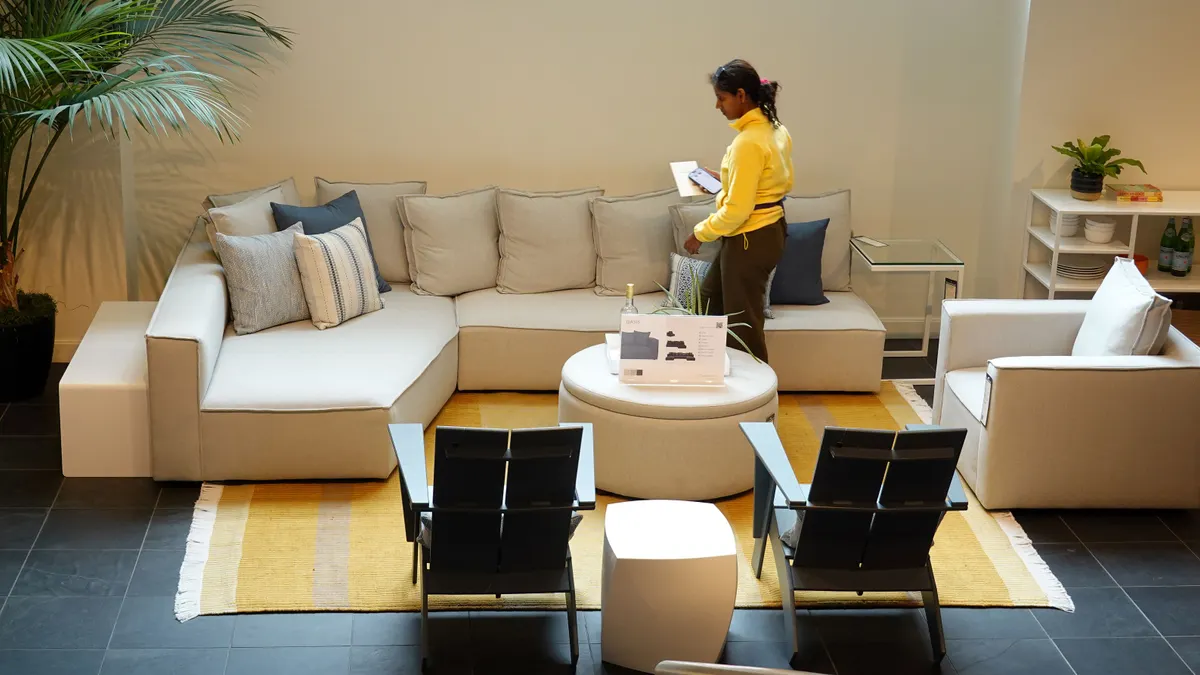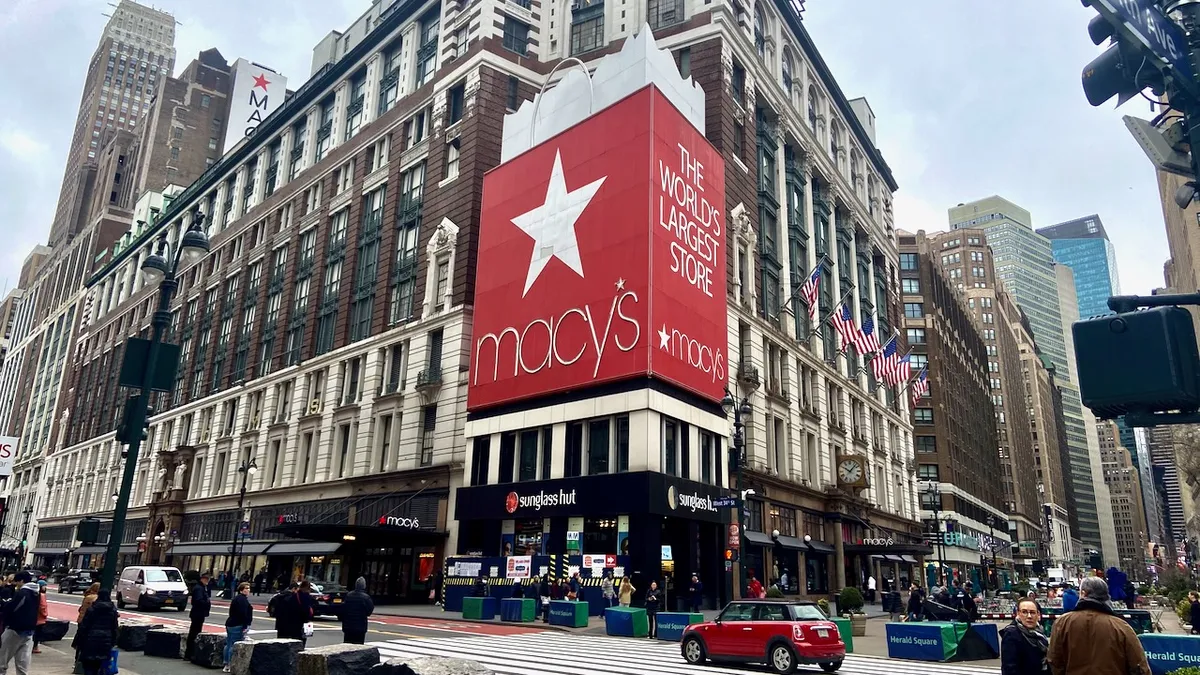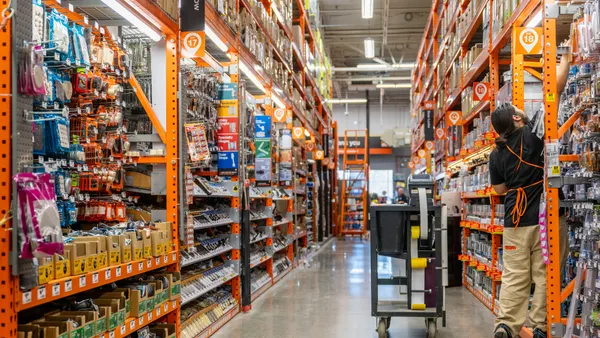President Donald Trump said his administration has begun a “tariff investigation” into furniture imports, with plans to levy duties on such goods in the next 50 days, per a Friday Truth Social post.
Trump did not project a potential rate he would charge, saying furniture shipped into the U.S. would “be Tariffed at a Rate yet to be determined.”
The president is setting his sights on furniture just days after expanding the scope of U.S. levies on steel and aluminum imports to include refrigerators, dishwashing machines, stoves and ovens, laundry machines and microwaves, along with a swath of other goods.
Official documentation of the furniture probe has yet to be published. For previous sector-specific duties, such as those on steel and aluminum, Trump has relied on Section 232 investigations to provide the groundwork for implementation.
“It is unclear what the impetus behind President Trump’s newfound focus on the furniture industry was,” Phillip Blee, a research analyst at William Blair, said in an email. “Clearly the national security concern around foreign furniture production is a stretch.”
The administration began a similar review in March of lumber, timber and their derivative products, although it has yet to announce the results or enact any subsequent tariffs or policies.
In 2024, the U.S. imported nearly $28 billion worth of furniture, according to a Supply Chain Dive analysis of U.S. International Trade Commission data on goods traded under Harmonized Tariff Schedule headings 9402 and 9403. Vietnam, China, Malaysia, Taiwan, Canada, Italy and Mexico were among the top furniture exporting countries to the U.S. last year.
“I can’t think of one person who would want to rush out and invest in making generic furniture in the USA when those investments would be rendered worthless by a change in tariff policy,” Jason Miller, a professor of supply chain management at Michigan State University, said in a LinkedIn post. “However, such a policy will further hurt furniture wholesalers and retailers and serve as a further headwind for container shipping volumes.”















